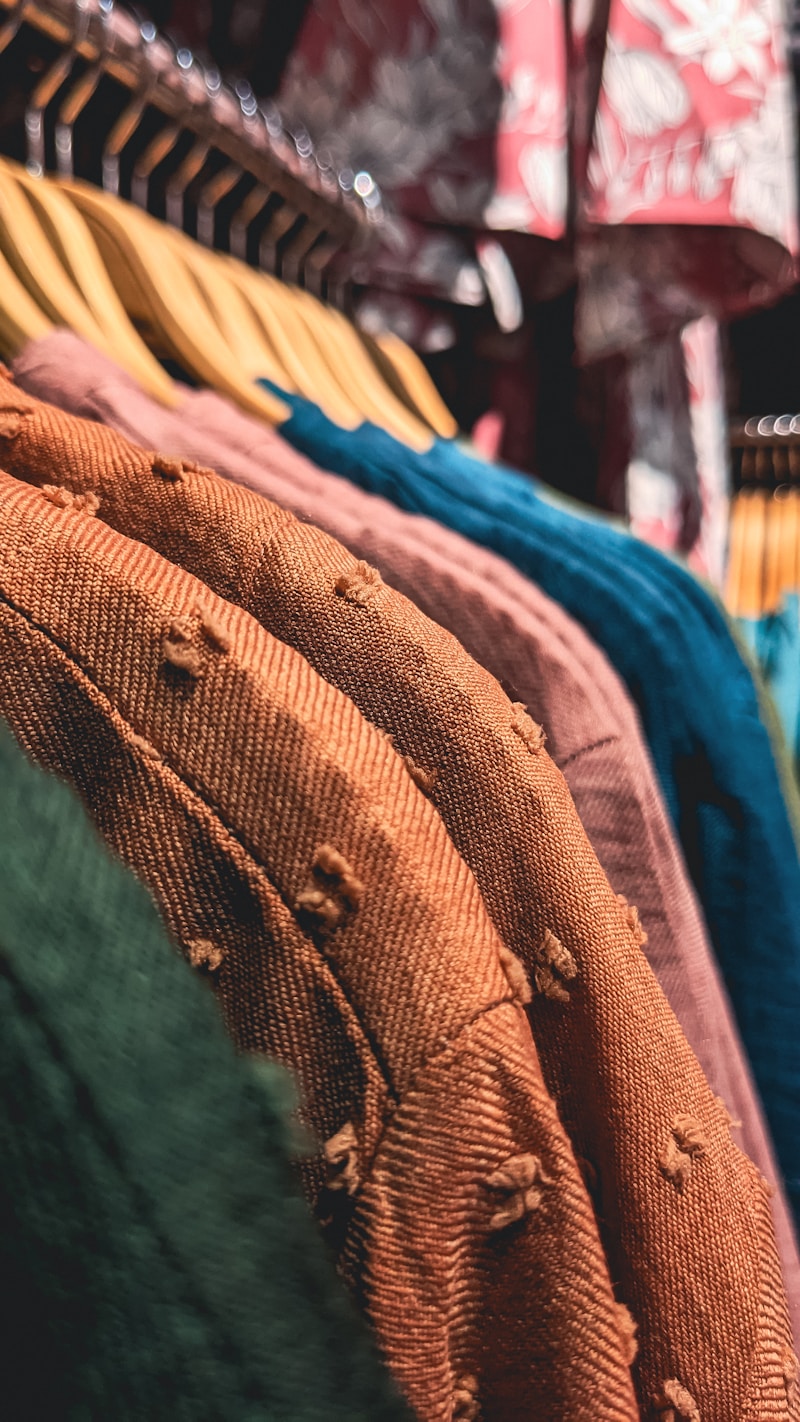Exploring Artisanal Craftsmanship in Specialty Fabrics: A Deep Dive into Quality, Heritage, and Technique
Introduction to Artisanal Craftsmanship in Specialty Fabrics
In an age where mass production often reigns, the revival of artisanal craftsmanship in specialty fabrics brings a refreshing narrative to the world of textiles. This article aims to delve into the intricacies of artisanal craftsmanship, its significance in creating specialty fabrics, and how this ancient technique holds a vital place in modern fashion and interior design. From traditional weaving methods to the innovative use of sustainable materials, we will explore it all.
Understanding Specialty Fabrics
Specialty fabrics refer to textiles that are crafted with a unique, high-quality approach, often involving specialized techniques and artisan skills. These fabrics can include anything from handwoven textiles using ancient techniques to contemporary fabrics that incorporate innovative technologies. The final product is not just a piece of fabric but an art form that tells a story of tradition, culture, and craftsmanship.
The Importance of Artisanal Craftsmanship
Artisanal craftsmanship represents a commitment to quality and heritage. In a fast-paced, consumer-driven market, these skilled artisans prioritize meticulous techniques over speed. This dedication results in fabrics that are not only durable but also carry a personal touch that mass-produced textiles often lack. The artistry involved in creating specialty fabrics adds value, both in aesthetics and functionality.
Historical Context and Techniques
The world of artisanal craftsmanship in specialty fabrics dates back centuries, originating in various cultures around the globe. Techniques such as hand weaving, dyeing, and embroidery have been passed down through generations. For instance, the intricate patterns of Indian block printing or the delicate weaves of Japanese silk not only showcase the skill of the artisans but also reflect their respective cultural narratives.
| Traditional Techniques | Description |
| Hand Weaving | A labor-intensive process that involves weaving threads manually on a loom, resulting in unique patterns and textures. |
| Natural Dyeing | Using plants, minerals, and other自然元素 to create dyes that are eco-friendly and rich in color. |
| Embroidery | Adding decorative elements to fabric using needle and thread, often depicting cultural motifs. |
| Block Printing | A technique where carved wooden blocks are used to stamp designs onto fabric, prevalent in regions like India. |
Current Trends in Specialty Fabrics
As consumers grow increasingly aware of the importance of sustainability and ethical production, artisanal craftsmanship in specialty fabrics is seeing a resurgence. Designers and brands are embracing these techniques, showcasing collections that highlight the beauty and uniqueness of handcrafted textiles.
Sustainability in Artisanal Fabrics
With a focus on sustainable practices, artisans are turning to locally sourced materials and eco-friendly dyes. This dedication not only reduces the carbon footprint associated with fabric production but also supports local economies and preserves traditional skills. By choosing artisanal fabrics, consumers make a conscious decision to invest in quality that contributes positively to global sustainability efforts.

How to Choose Specialty Fabrics
When selecting specialty fabrics, consider the following factors:
- Material Quality: Evaluate the fibers used—whether they are organic cotton, silk, or wool, and consider their durability.
- Craftsmanship: Research the brand's ethos and the artisan's background to understand the techniques and stories behind the fabric.
- Eco-Friendly Practices: Look for certifications or practices that indicate sustainable and ethical production methods.
- Design Aesthetic: Choose fabrics that resonate with your personal style and complement your space or wardrobe.
Artisanal Fabrics in Interior Design
Beyond fashion, artisanal craftsmanship is making waves in the interior design realm. Designers are incorporating specialty fabrics to create unique, personalized spaces. From handwoven cushions to intricately embroidered curtains, these textiles add a layer of warmth and character to any home. The tactile quality of artisanal fabrics invites touch while expressing individuality and sophistication.
The Future of Artisanal Craftsmanship
As technology advances, the future of artisanal craftsmanship in specialty fabrics lies in blending tradition with innovation. New platforms now allow artisans to showcase their work globally, connecting them with consumers who appreciate the value of handmade goods. With a growing emphasis on sustainability and conscious consumerism, we anticipate a continued rise in demand for artisanal fabrics that maintain integrity while pushing boundaries.
Conclusion
The world of artisanal craftsmanship in specialty fabrics is vast and rich with history, technique, and value. As we navigate an increasingly fast-paced society, the allure of unique, handmade textiles continues to captivate the hearts of many. When choosing specialty fabrics, remember to consider quality, sustainability, and the stories behind the craftsmanship. Whether for fashion or home decor, investing in artisanal textiles not only enhances your aesthetic but also supports a tradition worth preserving. Embrace the beauty of artisan-made fabrics, and let them inspire your creative journey.